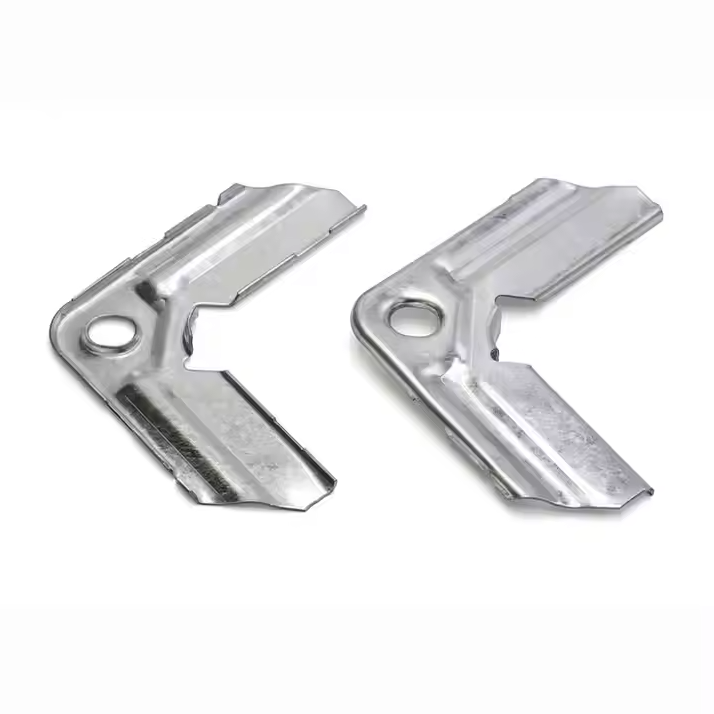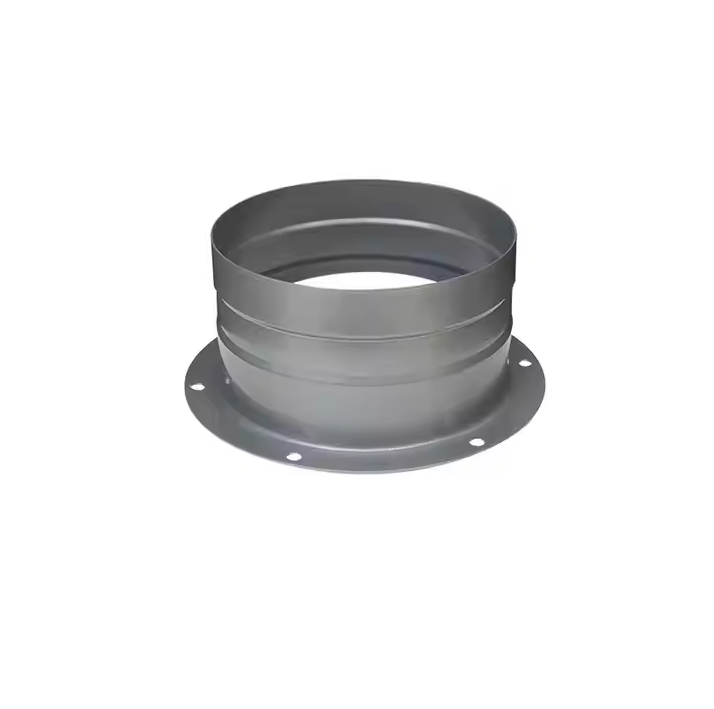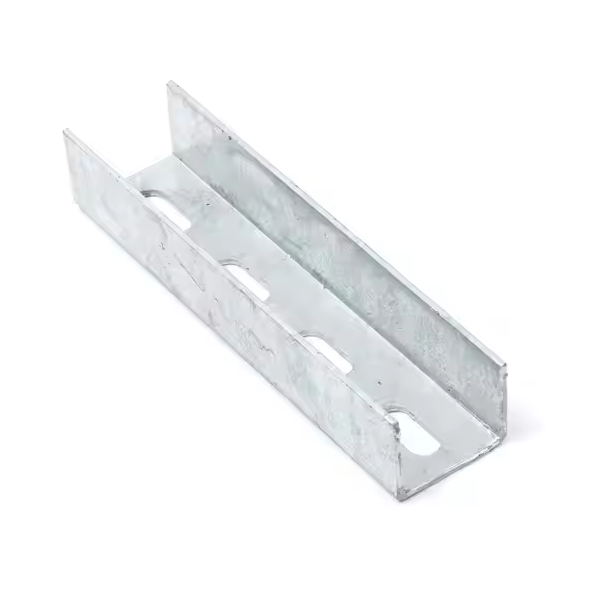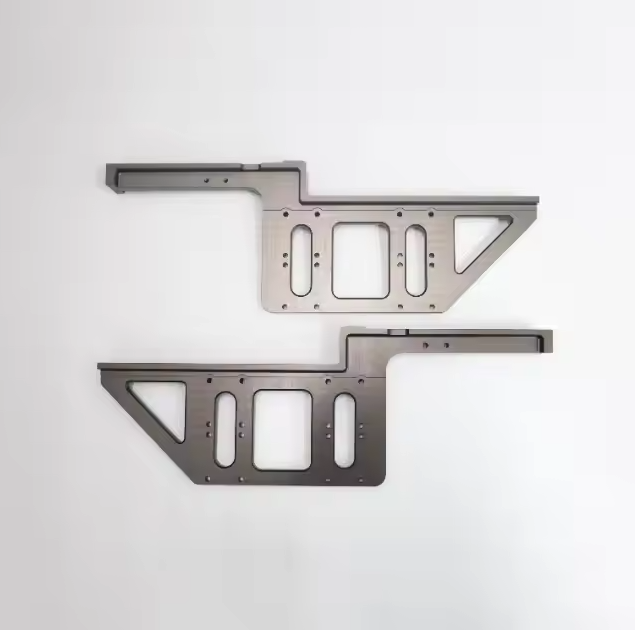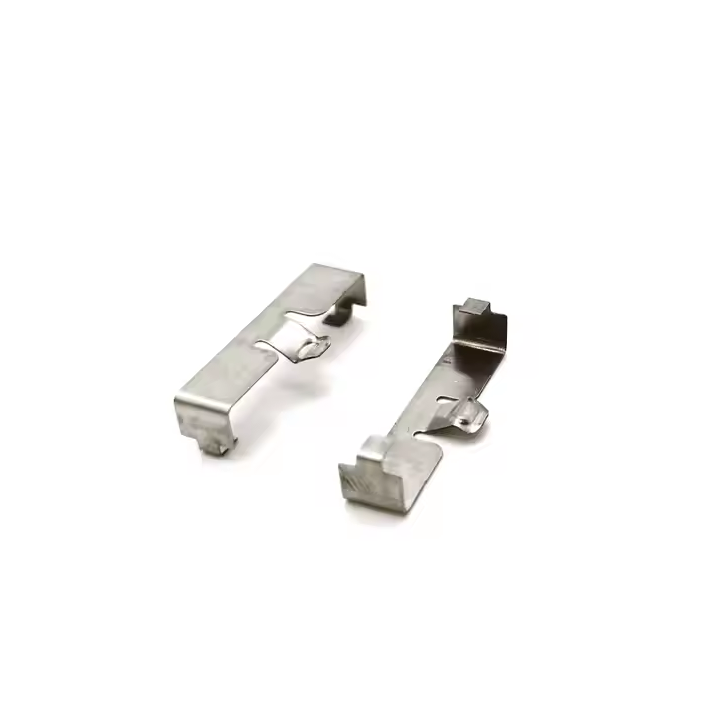Welding cracks are a common defect in the welding process. They can seriously affect the strength, sealing and service life of the welded structure, and may even cause sudden failure of the structure and trigger a safety accident.

Types of welding cracks
Hot cracks
Cracks generated when the weld and heat-affected zone metal cool to the high temperature zone near the solidus during welding.
Cold cracks
Cracks generated when the weld joint cools to a lower temperature (generally below the Ms point for carbon steel and low alloy steel).
Reheat cracks
Cracks that occur in the coarse grains of the heat-affected zone of certain heat-resistant steel welds containing alloy elements such as chromium, molybdenum, and vanadium during stress relief heat treatment or long-term use at high temperatures.
Laminar tearing
During thick plate welding, due to the presence of layered inclusions (mainly sulfides, etc.) inside the steel plate, step-shaped cracks are generated along the thickness direction of the steel plate under the action of welding stress.
Causes of welding cracks
Material factors
The chemical composition, organizational state, impurity content, etc. of the parent material will affect the generation of welding cracks. For example, if the content of carbon, sulfur, phosphorus and other elements in steel is too high, it will increase the tendency of hot cracks and cold cracks.
Process factors
Unreasonable welding process parameters, such as excessive welding current, too fast welding speed, too high or too low welding heat input, etc., will affect the organization and performance of the weld and heat-affected zone, and increase the tendency of cracks;
Improper welding sequence will lead to uneven welding stress distribution, large stress concentration, and cracks;
Insufficient preheating temperature before welding, too fast cooling speed after welding, or failure to perform proper post-heating and stress relief treatment, etc., may all promote the generation of cracks.
Structural factors
Unreasonable design of welding structure, such as improper selection of joint form, too concentrated weld arrangement, large structural rigidity, etc., will cause large stress during welding, and stress is not easy to release, thereby increasing the possibility of cracks.
Environmental factors: If the welding environment temperature is too low or the humidity is too high, the weldment will cool too quickly, making it difficult for hydrogen in the weld to escape, increasing the probability of cold cracks.

Measures to prevent welding cracks
Material factors
Select appropriate parent materials and welding materials, and conduct strict inspection and acceptance of parent materials and welding materials to ensure that their quality meets the requirements. For materials that are prone to cracks, measures such as preheating before welding and slow cooling after welding can be taken.
Process
Develop reasonable welding process regulations, select appropriate welding methods, welding parameters and welding sequences according to factors such as the material, thickness, and form of the welding structure of the parent material, and strictly control the welding heat input.
Structural design
The welding joint form and weld arrangement should be reasonably designed to minimize stress concentration and avoid excessive concentration and cross-over of welds.
Environmental factors
When the welding environment temperature is low or the humidity is too high, appropriate heating and dehumidification measures should be taken, such as using heating equipment to preheat and insulate the weldment, and using dehumidification equipment to reduce the ambient humidity.
Detection methods of welding cracks
Appearance inspection
Observe the surface of the weld directly with the naked eye or with the help of tools such as magnifying glasses to check whether there are defects such as cracks.
Penetrant testing
Apply a penetrant containing a color dye or fluorescent agent to the surface of the weld to allow it to penetrate into defects such as cracks, then remove the excess penetrant, and then apply a developer so that the penetrant in the crack is adsorbed onto the developer, thereby showing the shape and position of the crack. Penetrant testing is suitable for detecting cracks with surface openings.
Magnetic particle testing
Using the principle of magnetic field generating leakage magnetic field at the crack, cracks are detected by sprinkling magnetic powder or using magnetic sensitive elements.
Ultrasonic testing
Using the propagation characteristics of ultrasonic waves in welds, when encountering defects such as cracks, ultrasonic waves will be reflected, refracted and scattered, and the presence of cracks and their location and size can be determined by analyzing the ultrasonic signal.
Radiographic testing
X-rays or γ-rays penetrate the weldment to form an image of the defect on the film, and the presence of defects such as cracks can be determined based on the image.
Xuanmin Factory's welding products are strictly controlled from material selection to process. High-quality raw materials are used to ensure that the products have good mechanical properties and stability. During the welding process, experienced technicians use advanced equipment and mature processes, strictly follow industry standards and specifications, and ensure the reliability and durability of the products.
